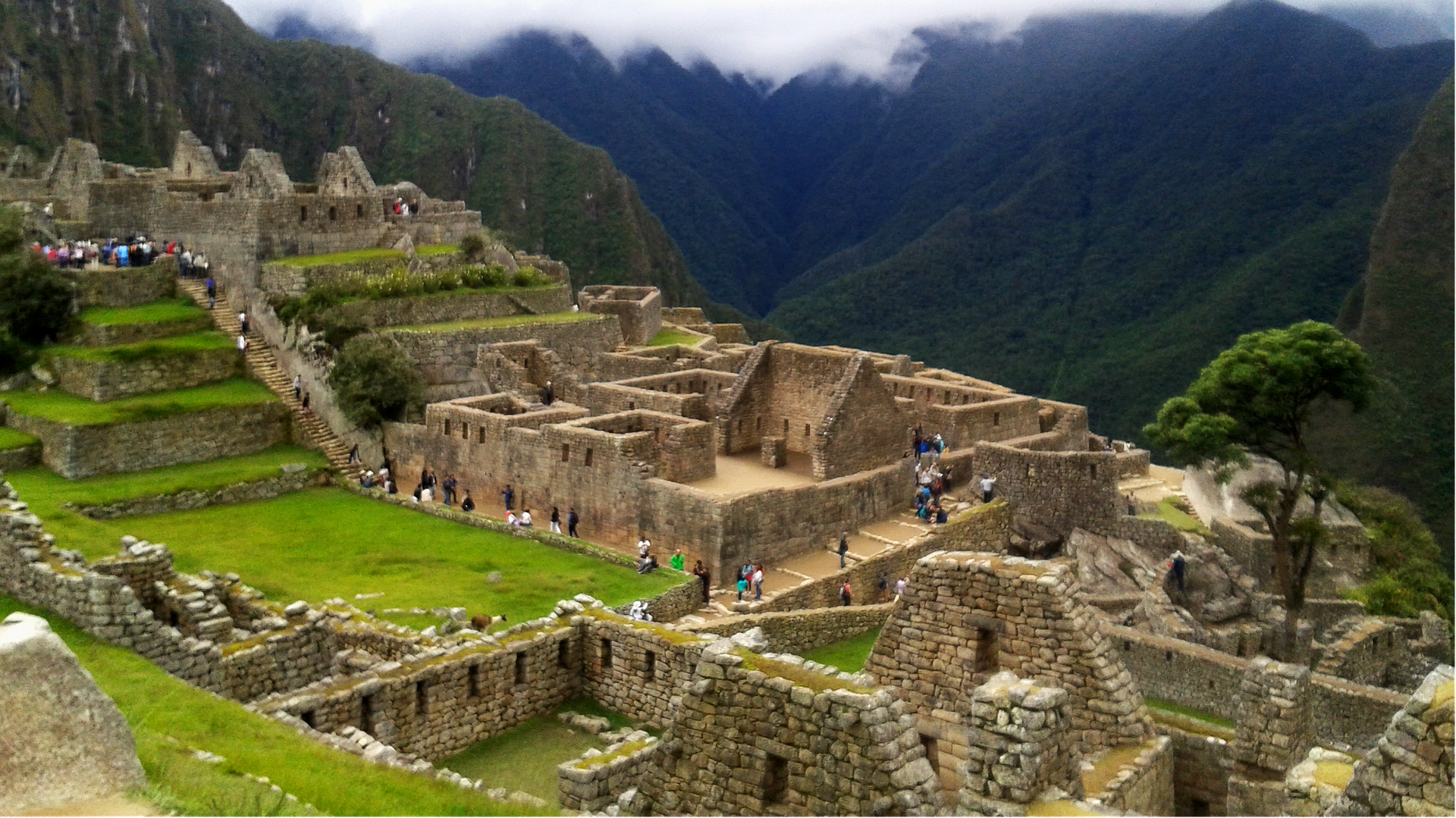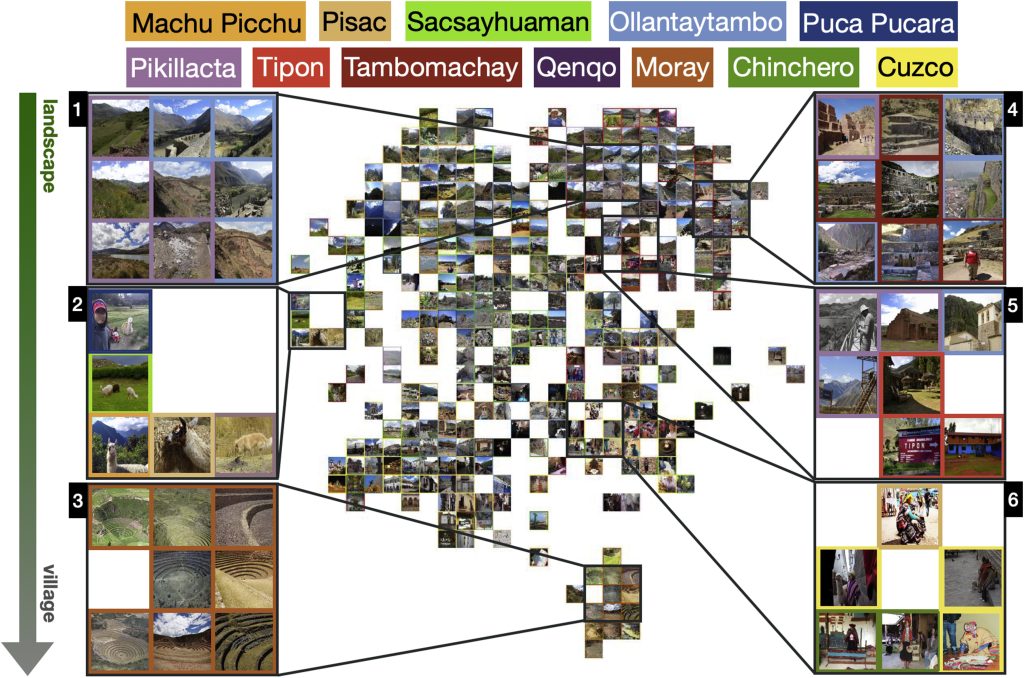
by Nicole D. Payntar, Wei-Lin Hsiao, R. Alan Covey, Kristen Grauman
Tourism Management, Volume 82, February 2021
Link to Paper: https://www.sciencedirect.com/science/article/pii/S0261517720300893#sec5
Social media has given rise to an influx of publicly distributed images that can be leveraged by tourism professionals, heritage managers, and digital humanities specialists when paired with computer vision and machine learning algorithms. Using geotagged community internet photographs we identified visitor movement patterns across a known archaeological tourism circuit and quantified visual culture and tourist experiences in Cuzco, Peru. The goals of our research were to understand how social media and heritage guidelines influence travel patterns across Cuzco’s tourist circuit and to assess the aesthetic preferences and visual patterns associated with evolving tourist expectations, many of which are grounded in historic site representations.
Our photo dataset consisted of 57,804 photos from 2,261 users collected across 12 archaeological sites between 2004-2019. Tourist movement across sites was fit to a Markov model, and then applied to determine travel patterns between ten Boleto Turístico del Cuzco (BTC) sites via multi-day-trip itineraries, as well as visitor flows between BTC sites and two UNESCO World Heritage sites. Metadata collected from geotagged photos (e.g., number of users, total photos taken, and average time spent at sites) was used to analyze the popularity of sites and BTC itinerary packages. Then, to automatically evaluate the iconicity of modern tourist photos, we identified major photography themes at each site by clustering and t-SNE-visualizing computed features of photos to obtain the dominant clusters as themes as well as theme transition between sites. Features of photos are computed by a convolutional neural network (CNN) trained to recognize common object categories (animals, plants, etc.) using ImageNet. To further facilitate the interpretability of the identified photo themes, we extract scene labels (mountain, church, etc.) using a CNN architecture trained on the MIT Places dataset. Finally, we considered how historic expedition photographs continue to define Cuzco’s tourist experience and aesthetic representation.

Highlighted results from our work reveal changes in movement patterns between archaeological sites after the newly released BTC package in 2008, increased image cluster diversity at smaller archaeological sites with more homogenous photos at large sites, and an aesthetic correlation between representative images in the top 10% of clusters with historic expedition photographs.